This installation manual provides detailed guidance for installing Mitsubishi MXZ series outdoor units, ensuring safety, efficiency, and compliance with local building codes. It is designed for professional installers only.
Overview of the Mitsubishi MXZ Series
The Mitsubishi MXZ series is a line of multi-zone, split-type air conditioners designed for efficient heating and cooling solutions. These systems are ideal for residential and commercial spaces, offering flexibility and customized comfort. The MXZ series includes models such as the MXZ-3C24NA2, MXZ-3C30NA2, and MXZ-4C36NA2, each providing varying capacities to suit different needs. Known for their energy efficiency, these units feature high SEER ratings and advanced inverter technology, ensuring consistent performance while reducing energy consumption. The MXZ series also supports multi-zone configurations, allowing multiple indoor units to connect to a single outdoor unit, providing targeted cooling and heating. Additionally, models like the MXZ-F series are compatible with R32 refrigerant, emphasizing environmental sustainability. These systems require professional installation to ensure optimal functionality and safety, adhering to the guidelines outlined in the installation manual. Proper setup is crucial for reliability, efficiency, and compliance with local regulations.

Pre-Installation Requirements
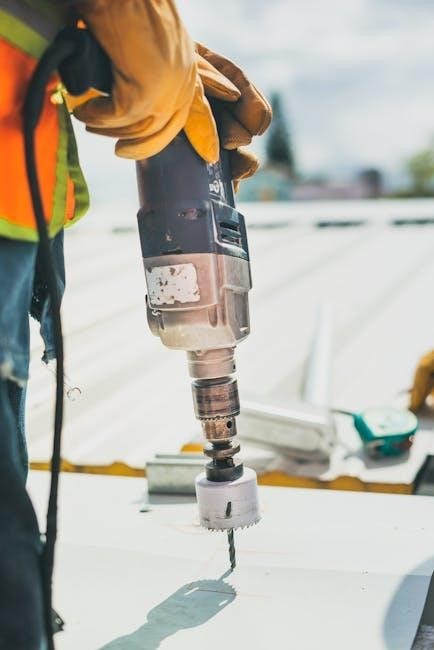
This section outlines the essential steps to prepare for installation, including compatibility checks, necessary tools, site preparation, and compliance with local building codes and safety standards. Professional installation ensures safe and efficient setup.
Compatibility Check for Indoor and Outdoor Units
Ensuring compatibility between indoor and outdoor units is crucial for proper system operation. Verify that the outdoor unit model, such as MXZ-3C24NA2 or MXZ-4C36NA2, matches the indoor unit specifications. Check the refrigerant type, as units are designed for specific refrigerants like R410A. The connection pipe diameters must align with the indoor unit’s requirements, typically 3/8″ for liquid and 1/2″ for gas lines. Additionally, ensure the system’s total capacity and zoning configuration are compatible with the space and load requirements. Refer to the installation manual for detailed compatibility charts and guidelines. Proper matching ensures efficient performance, prevents operational issues, and maintains warranty validity. Always follow the manufacturer’s recommendations for a seamless installation process.
Necessary Tools and Materials
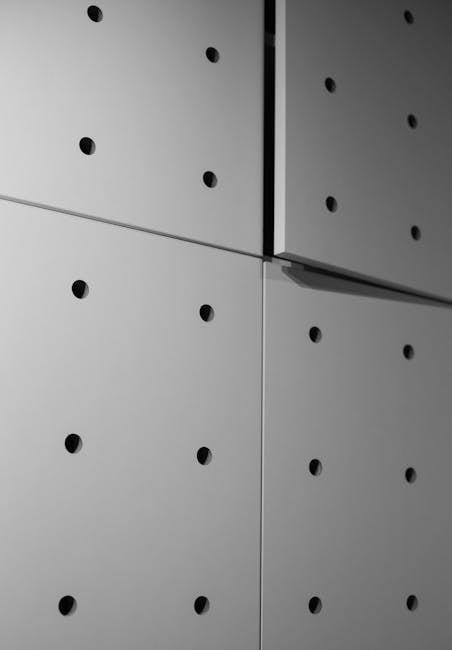
Successful installation of the Mitsubishi MXZ series requires specific tools and materials. Essential tools include a vacuum pump with a reverse flow check valve to prevent oil backflow, a tubing cutter for precise pipe cutting, and a flaring tool for creating leak-proof connections. Additionally, a refrigerant leak detector and a manifold gauge set are necessary for verifying system integrity. Materials needed include R410A-compatible refrigerant lines, insulation for piping, and electrical connectors rated for outdoor use. Ensure all components are compatible with the specific MXZ model, such as MXZ-3C24NA2 or MXZ-4C36NA2. Always use tools designed for R410A systems to avoid contamination and ensure proper installation. Refer to the installation manual for a comprehensive list of required tools and materials to guarantee a safe and efficient setup. Proper preparation is key to a successful installation.
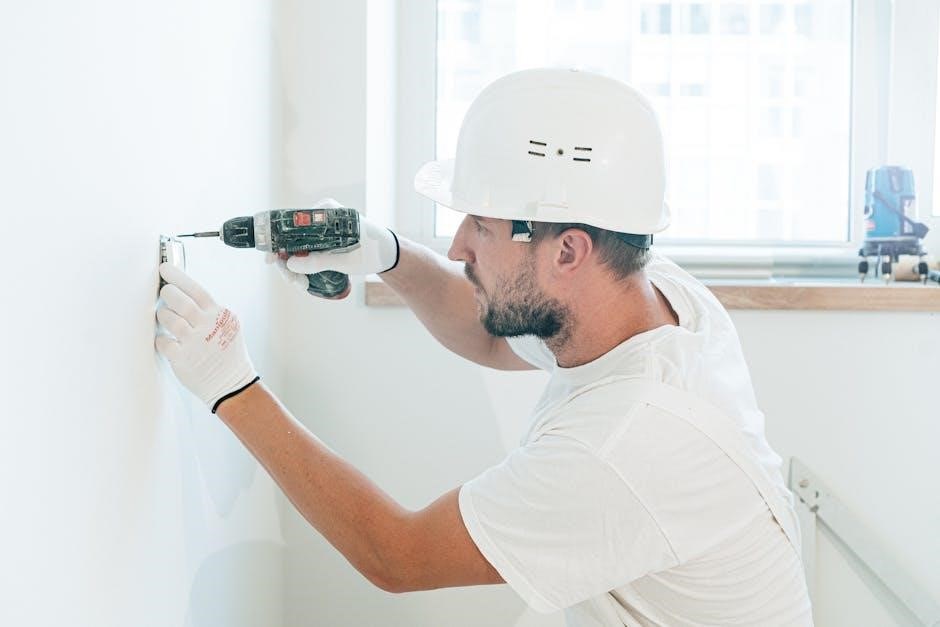
Site Preparation and Safety Measures
Proper site preparation and adherence to safety measures are crucial before installing the Mitsubishi MXZ series. Ensure the installation location can bear the weight of the unit to prevent structural damage or collapse. Electrical work must be performed by a qualified electrician, following the installation manual and local codes. Use an exclusive circuit for the unit to avoid electrical overloads. Install the unit securely to prevent falls, which could cause injury or damage; Ensure proper drainage and piping to avoid water leakage. Always follow safety precautions, such as using tools compatible with R410A refrigerant, to prevent contamination and ensure system efficiency. Failure to comply with these measures could result in hazards like electric shock, refrigerant leaks, or system malfunctions. Refer to the manual for detailed guidelines to ensure a safe and proper installation process. Safety should never be compromised during any stage of the installation.
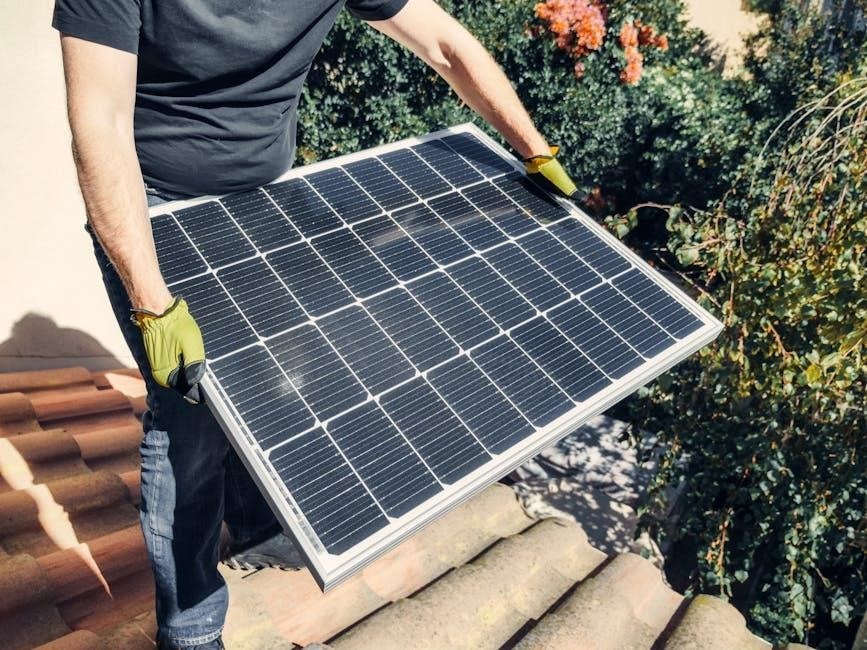
Outdoor Unit Installation Steps
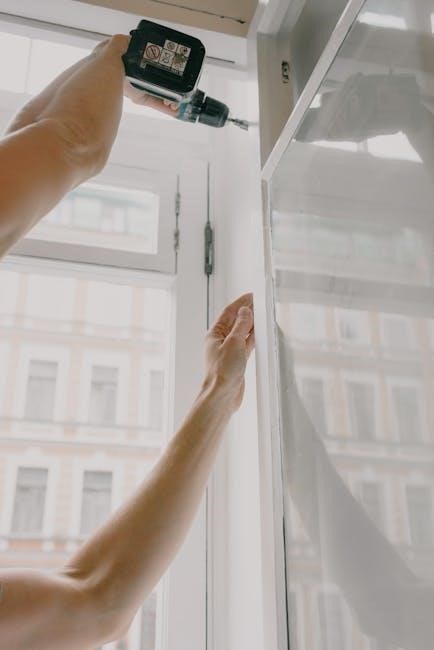
Install the outdoor unit securely, ensuring it is level and properly supported. Connect refrigerant lines and electrical connections carefully, following the installation manual for safety and efficiency.
Choosing the Installation Location
Selecting the right location for the outdoor unit is crucial for safety and efficiency. Ensure the area is stable, level, and can support the unit’s weight to prevent it from tipping or falling. Avoid shaded or wet areas to maintain proper airflow and prevent water accumulation. Keep the unit away from direct sunlight and heat sources to optimize performance. Ensure the location complies with local building codes and manufacturer guidelines. Proper placement also helps reduce noise and vibration, ensuring smooth operation. Improper installation can lead to safety hazards or reduced system efficiency. Always follow the installation manual for specific recommendations tailored to your Mitsubishi MXZ model.
Mounting the Outdoor Unit
Mounting the outdoor unit securely is essential for safe and efficient operation. Ensure the unit is placed on a level, sturdy surface that can bear its weight. Use a mounting bracket specifically designed for the Mitsubishi MXZ series to prevent vibration and instability. Tighten all bolts and screws according to the torque specifications provided in the installation manual. Avoid installing the unit on unstable structures or surfaces that may shift over time. Proper mounting ensures the unit operates quietly and efficiently while minimizing the risk of damage or injury. Always follow the manufacturer’s guidelines for securing the unit to withstand environmental conditions such as wind or extreme weather. Failure to mount the unit correctly can lead to safety hazards or reduced system performance.
Connecting Refrigerant Lines and Electrical Connections
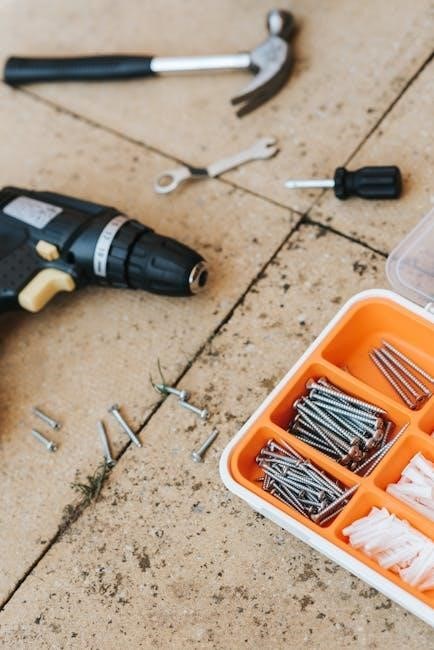
Connecting refrigerant lines and electrical connections requires precision and adherence to safety guidelines. Begin by installing the liquid and gas lines, ensuring they are properly sized and insulated as per the installation manual. Use tools designed for handling refrigerant lines to avoid contamination and leaks. For electrical connections, hire a qualified electrician to connect the outdoor unit to the power supply, following local electrical codes and the manufacturer’s specifications. Use the correct gauge wires and ensure all connections are secure and insulated to prevent electrical hazards. Properly tighten all fittings and test for leaks using a vacuum pump to evacuate air and moisture from the system. Misconnections can lead to system malfunctions, safety risks, or reduced efficiency. Always refer to the installation manual for specific torque values and connection procedures to ensure reliability and performance.

Post-Installation Procedures
After installation, test the system to ensure proper functioning, check for leaks, and verify electrical connections. Perform routine maintenance and schedule regular inspections to maintain efficiency and longevity.
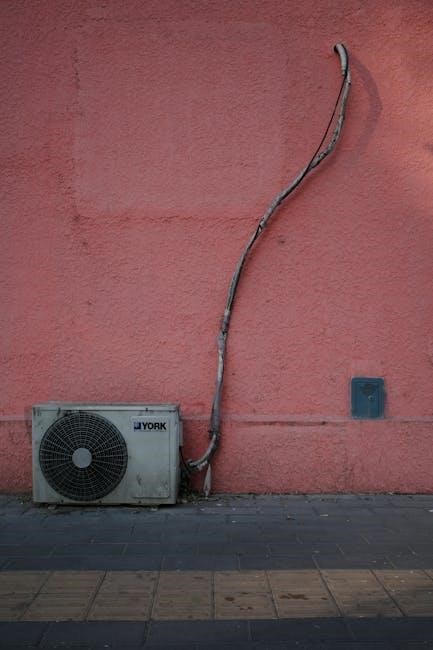
Testing the System for Proper Functioning
After completing the installation, it is essential to test the Mitsubishi MXZ system thoroughly to ensure proper functioning. Start by checking for refrigerant leaks using a vacuum pump and leak detector to maintain system efficiency. Verify that all electrical connections are secure and meet the specifications outlined in the manual. Test the system in both heating and cooling modes to ensure smooth operation. Check for proper airflow and drainage, as any blockage or malfunction could lead to water leakage or reduced performance. Additionally, inspect the unit for unusual noises or vibrations, which may indicate improper installation or component issues. Finally, review the system’s remote control functionality to ensure all features operate as intended. Regular testing and maintenance will help prolong the system’s lifespan and ensure optimal performance. Always refer to the manual for specific testing procedures and safety guidelines.
Maintenance and Troubleshooting Tips
Regular maintenance is crucial to ensure the Mitsubishi MXZ system operates efficiently. Clean the air filters monthly to prevent dust buildup and ensure proper airflow. Inspect the refrigerant lines for any signs of damage or leaks, and check the electrical connections for tightness. Drainage systems should be cleared of blockages to avoid water leakage. For troubleshooting, common issues include low refrigerant levels, which can reduce performance, or faulty sensors causing irregular operation. If unusual noises occur, check for loose parts or misaligned components. If the system fails to turn on, verify the power supply and circuit breaker. For remote control issues, ensure proper battery installation and signal reception. Refer to the manual for specific diagnostic procedures and solutions. Addressing minor issues promptly can prevent major repairs and extend the system’s lifespan. Always follow safety guidelines when performing maintenance or troubleshooting tasks.